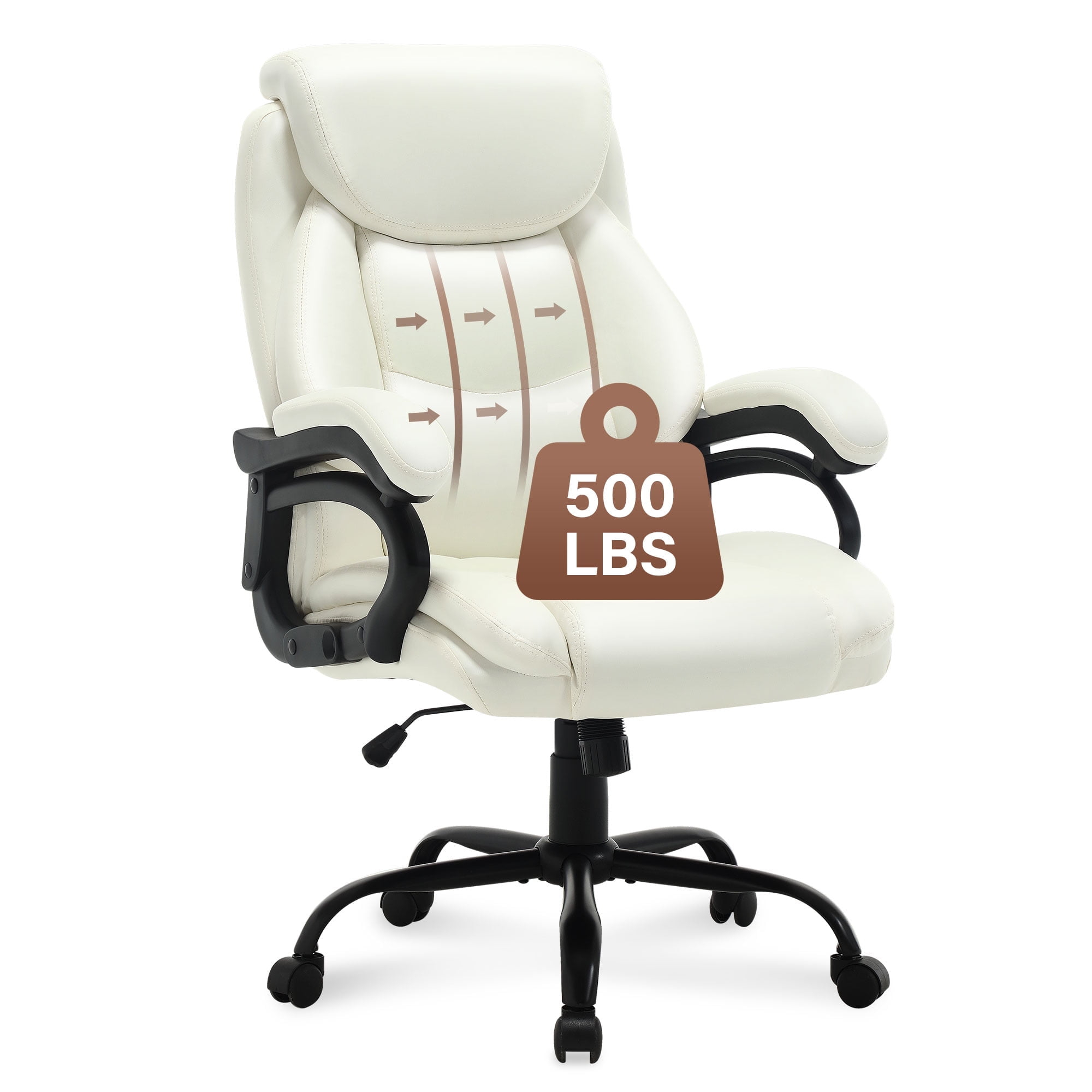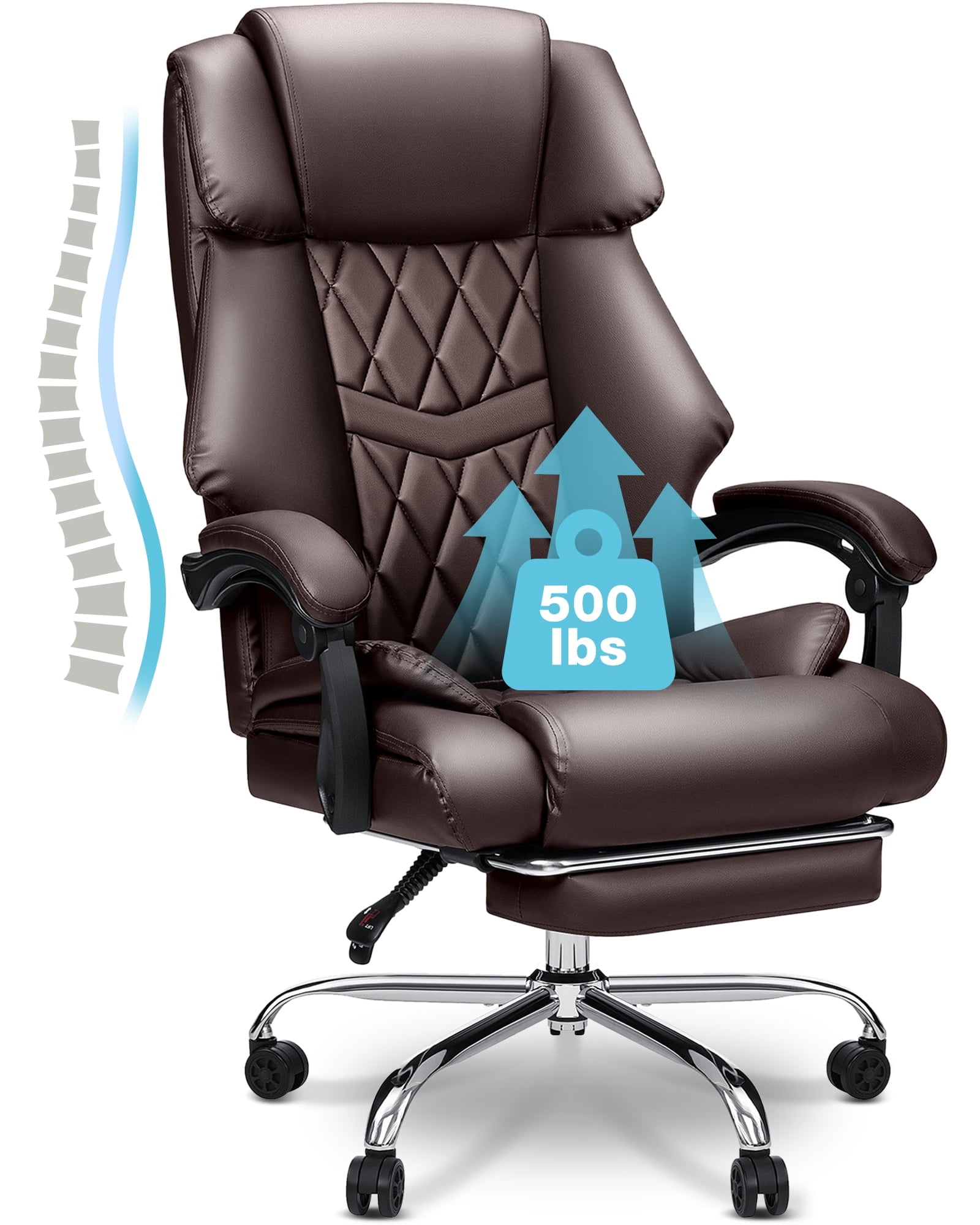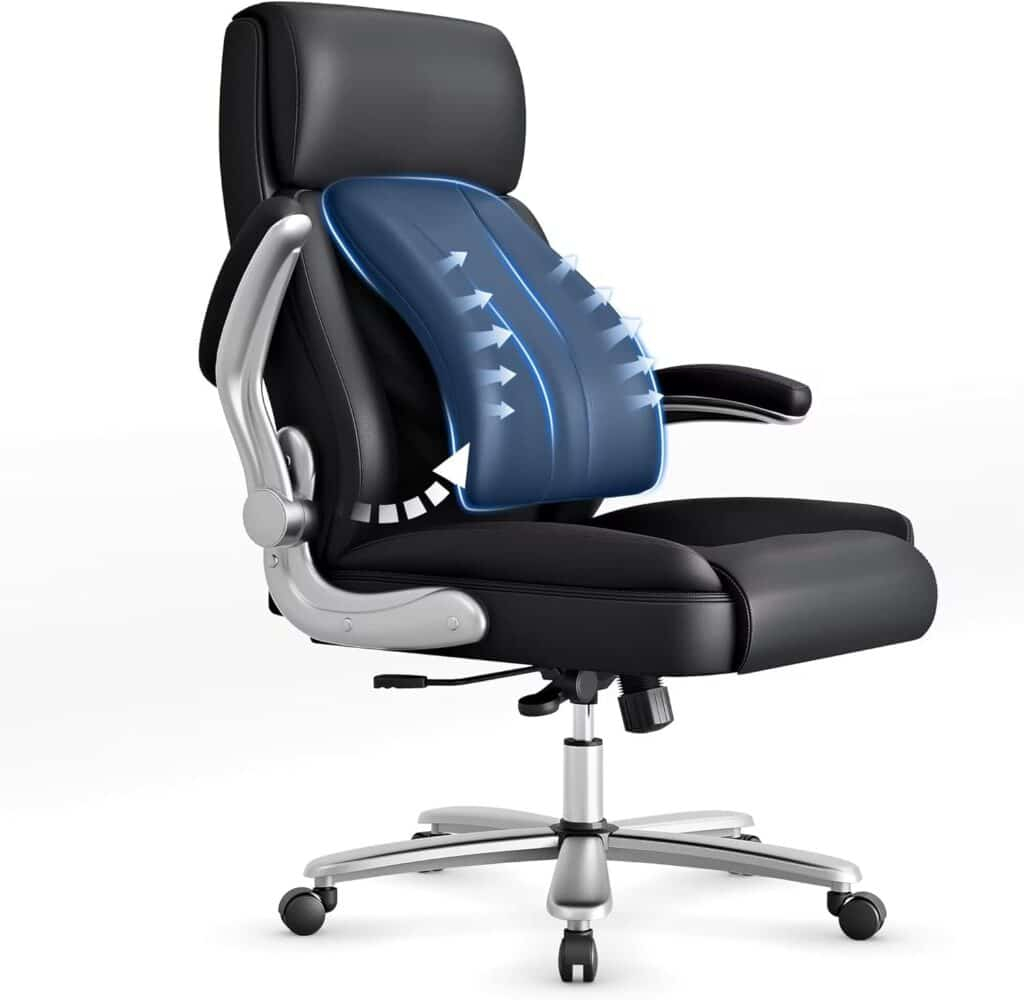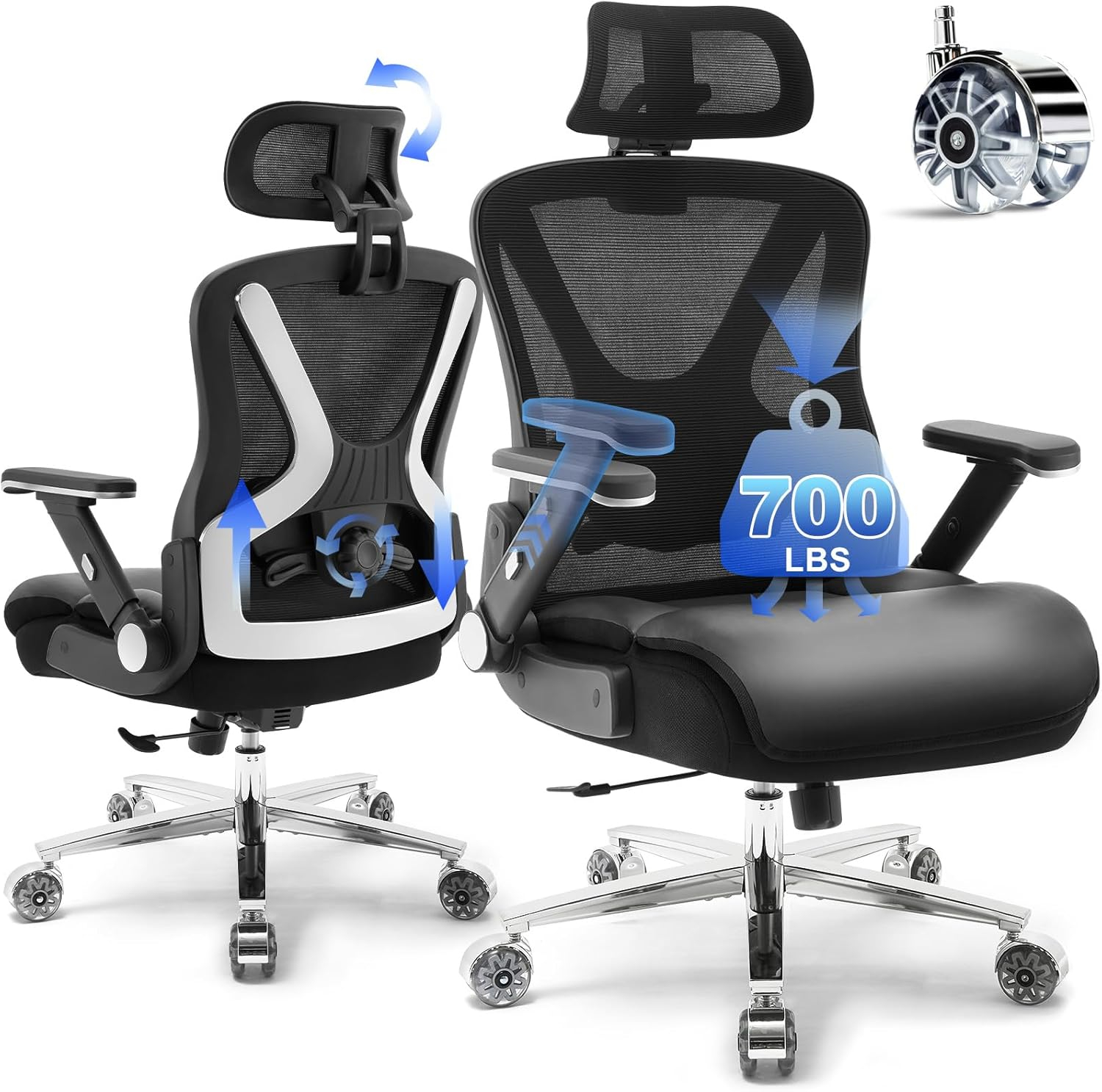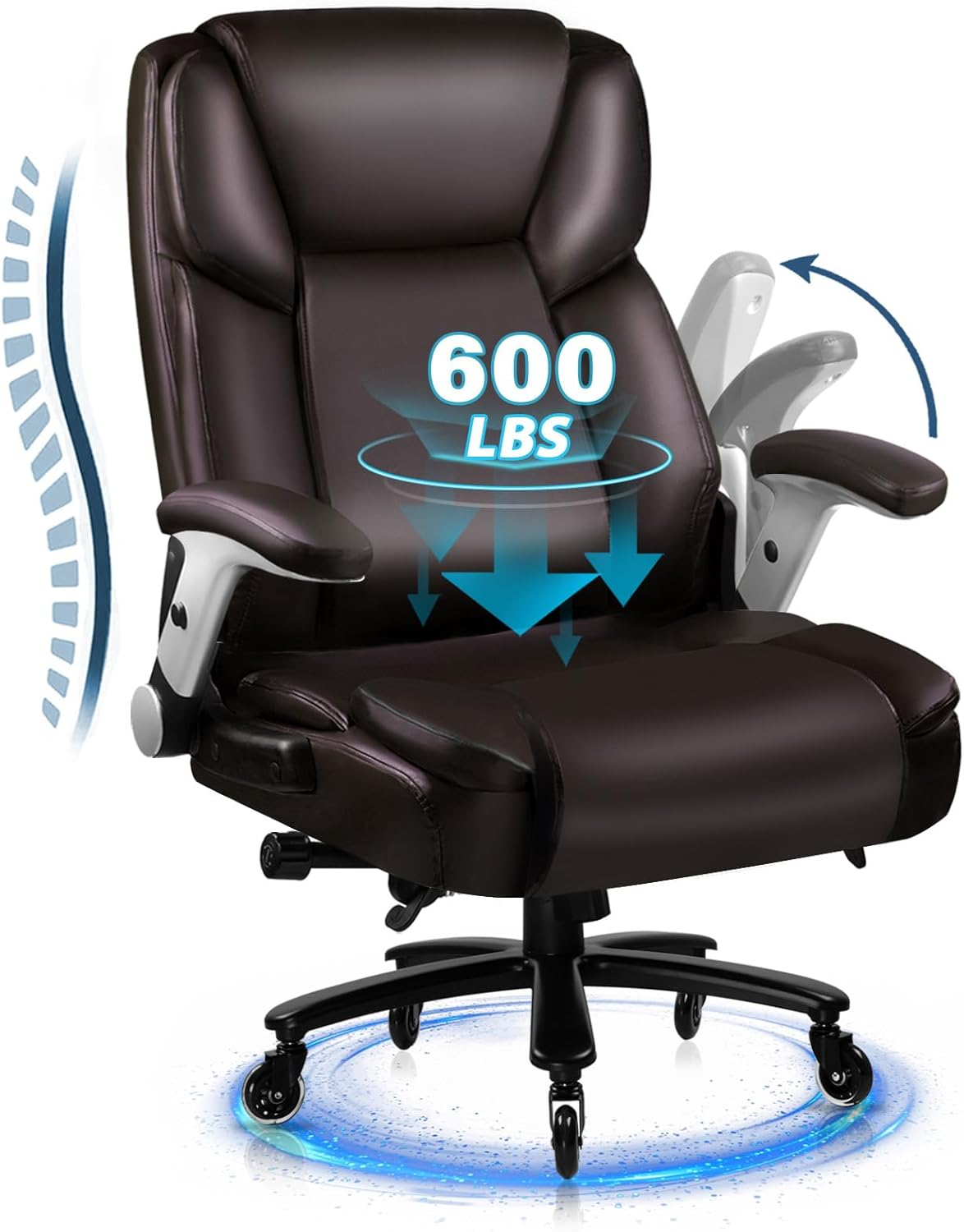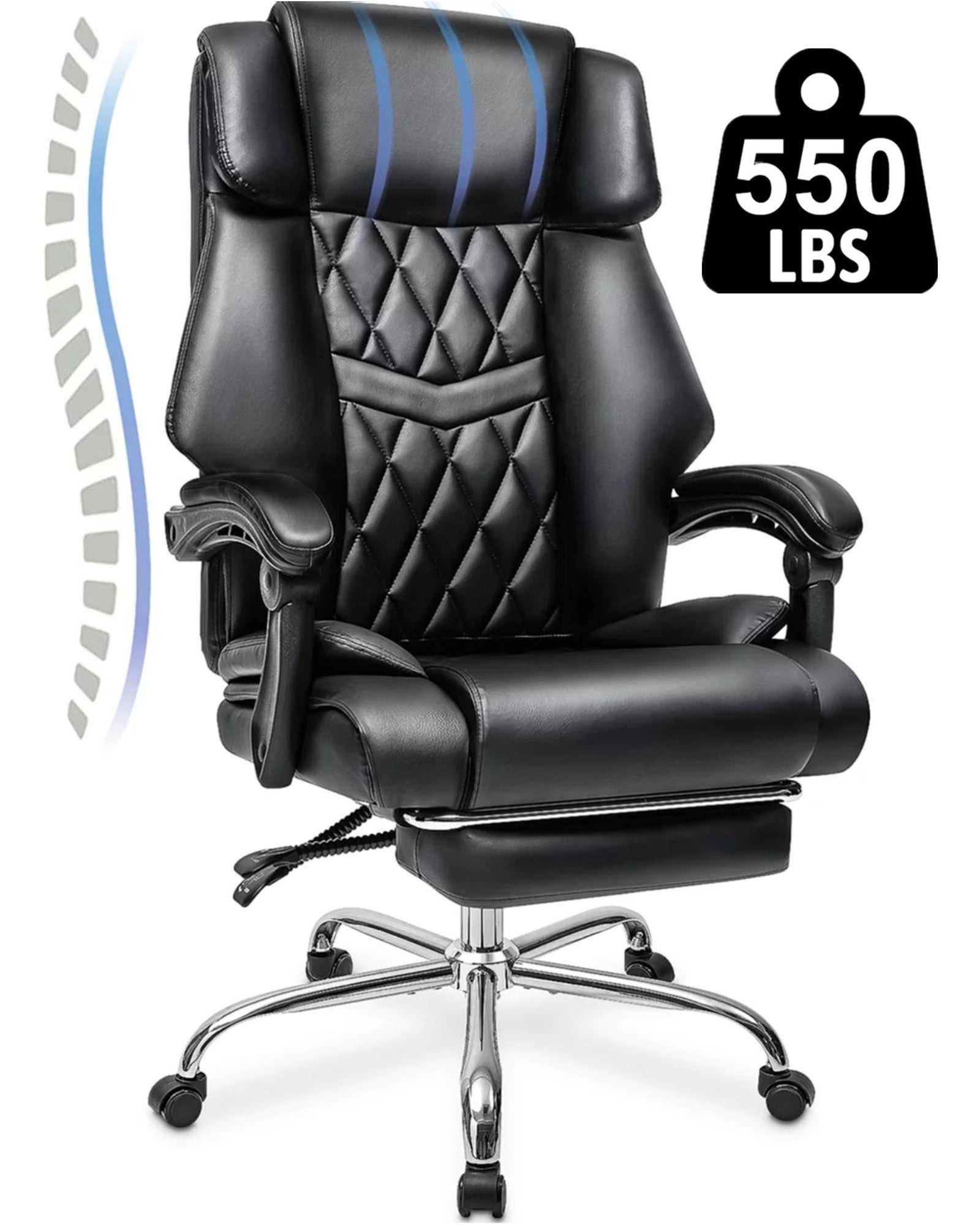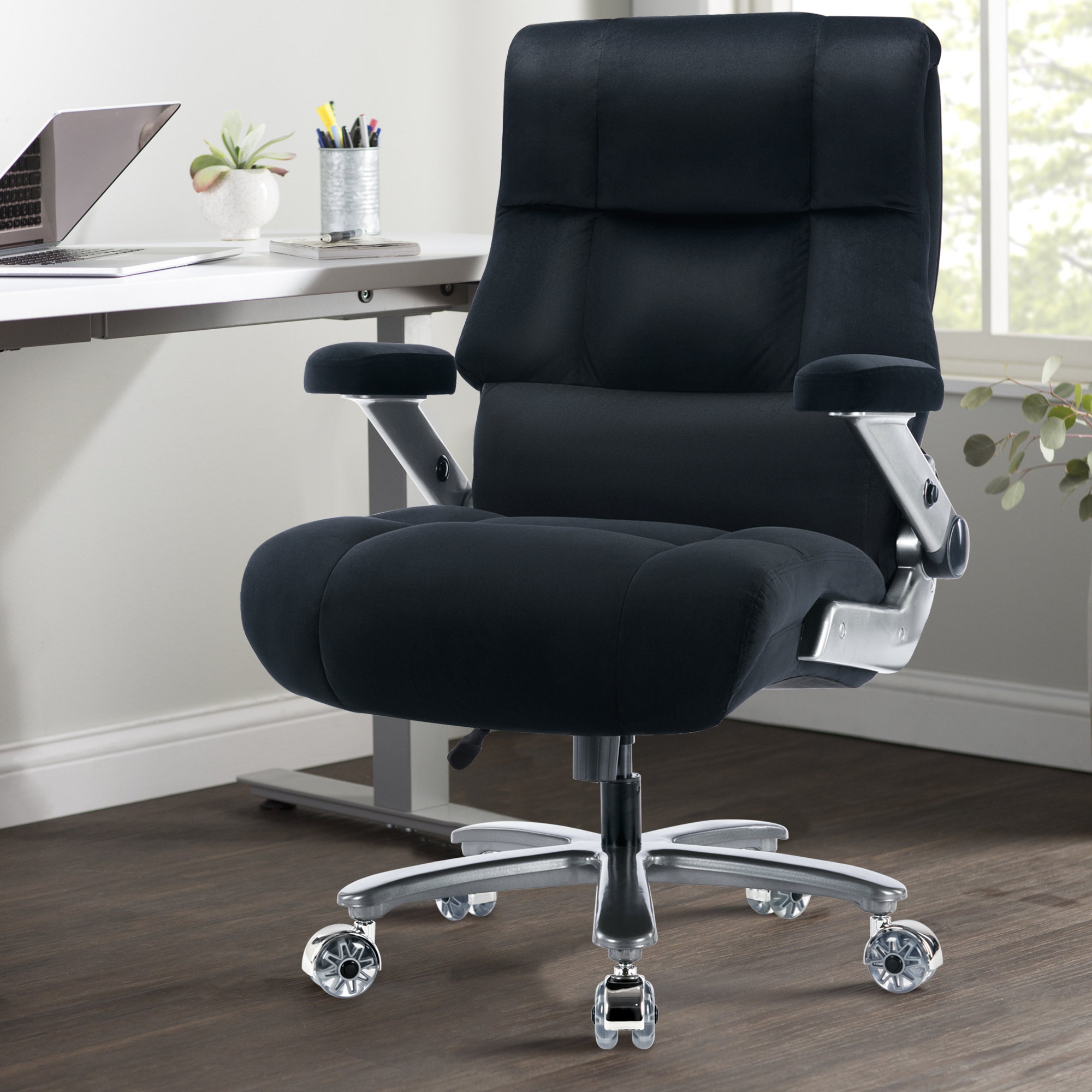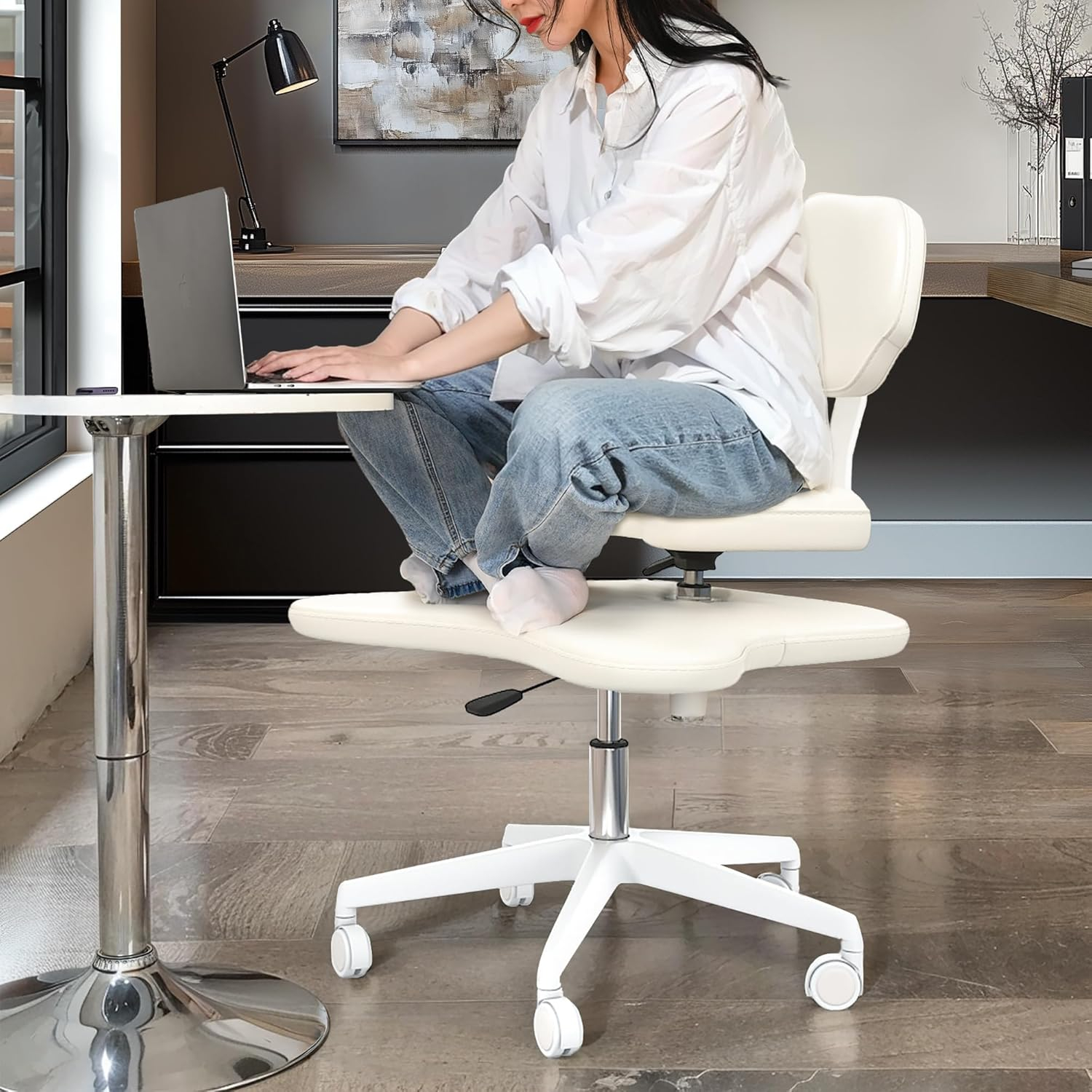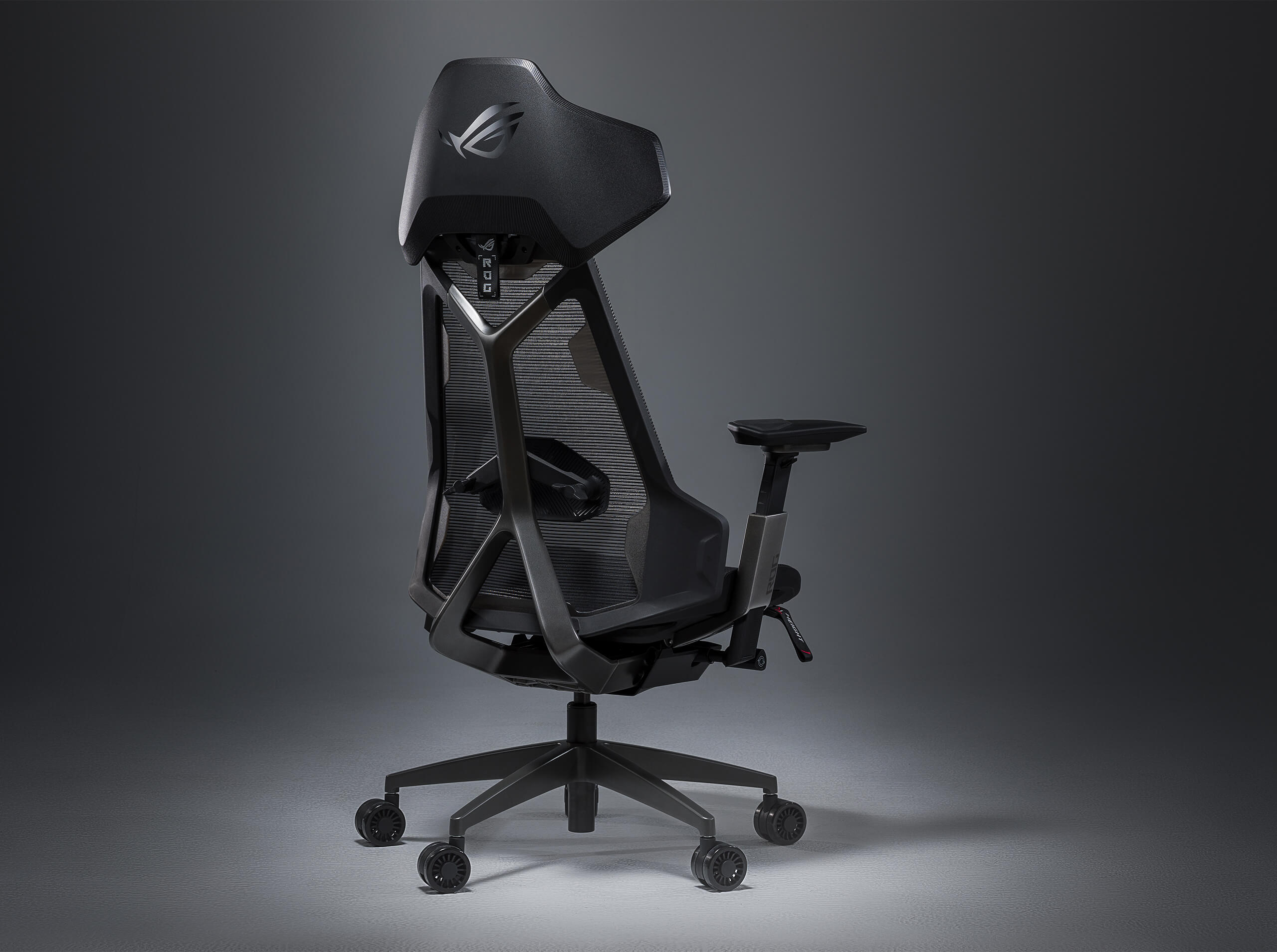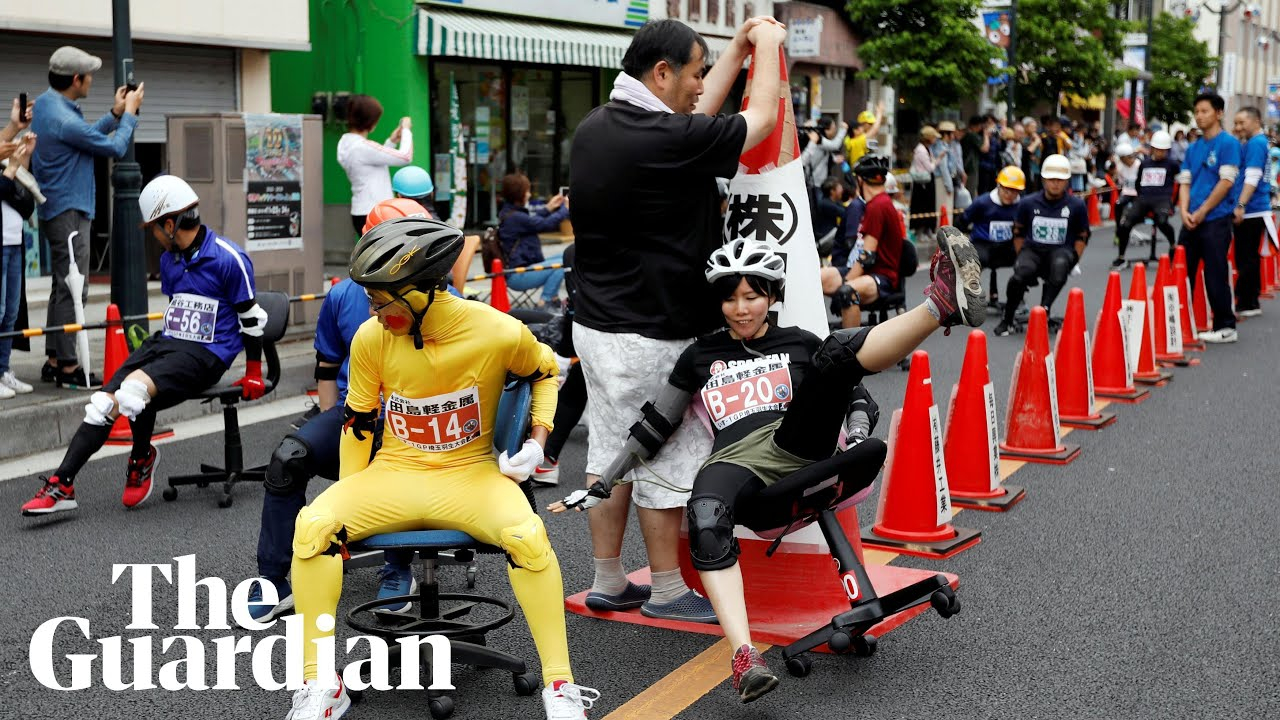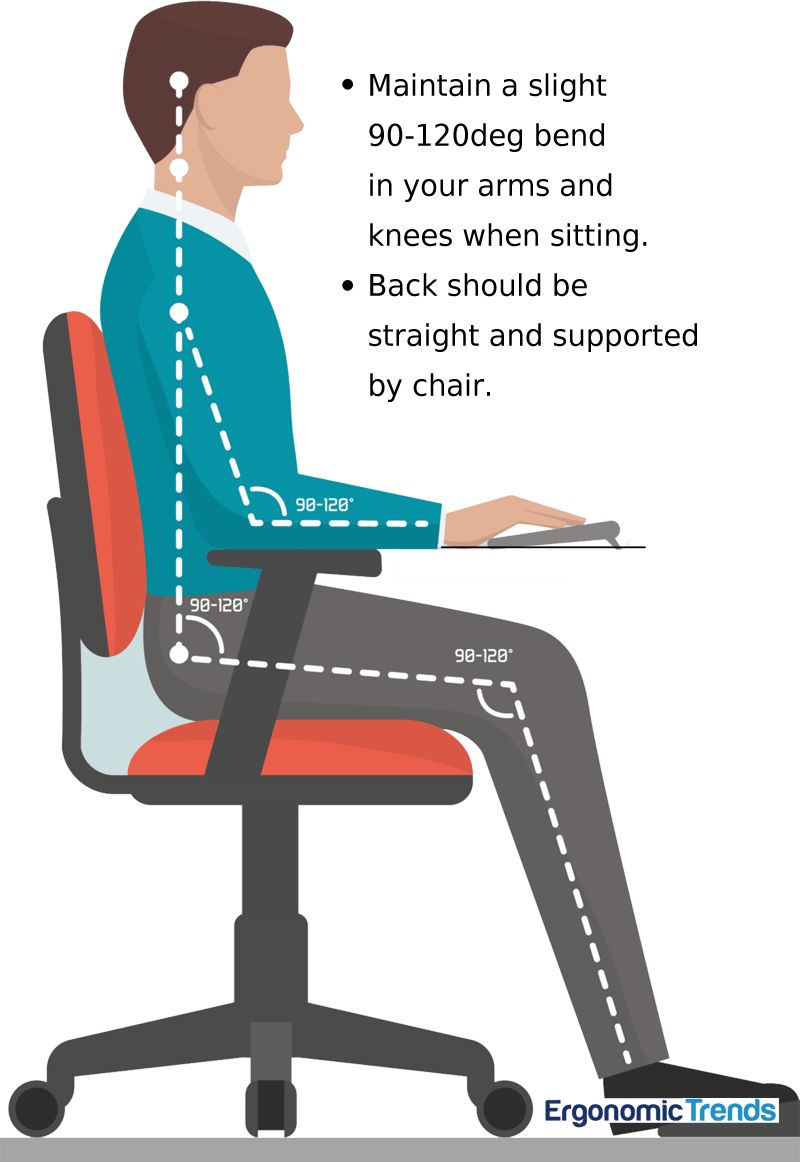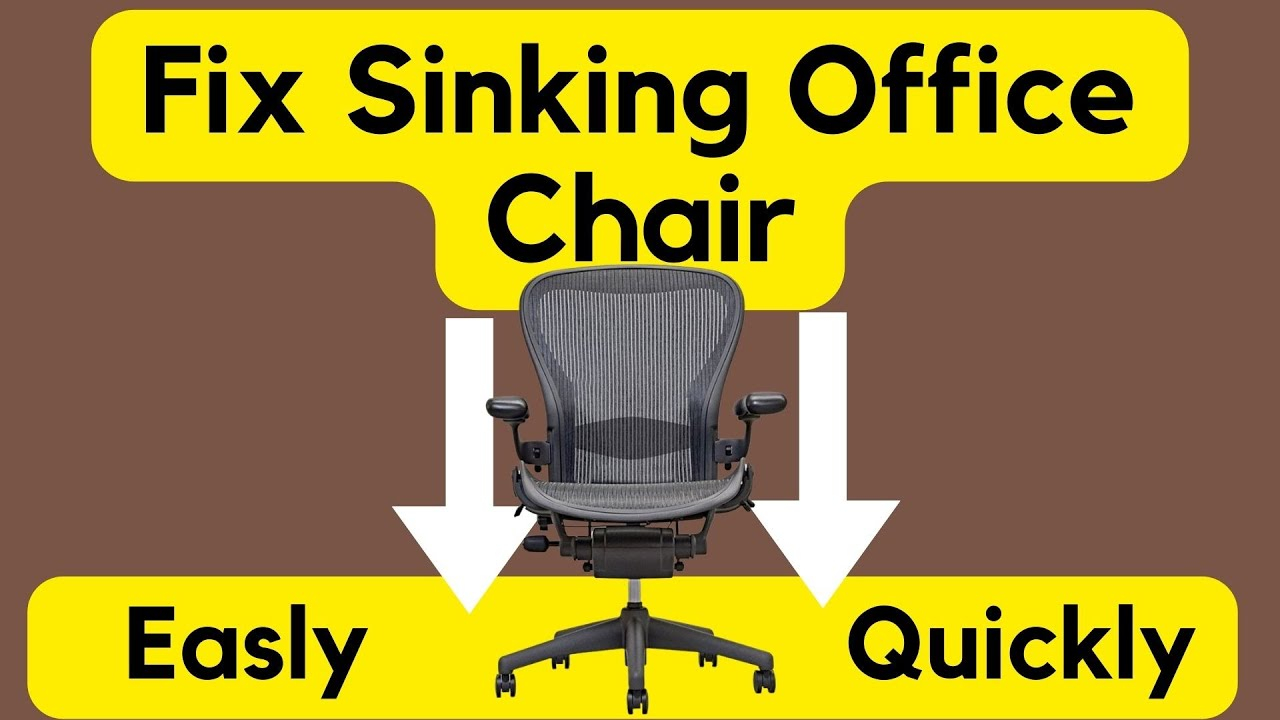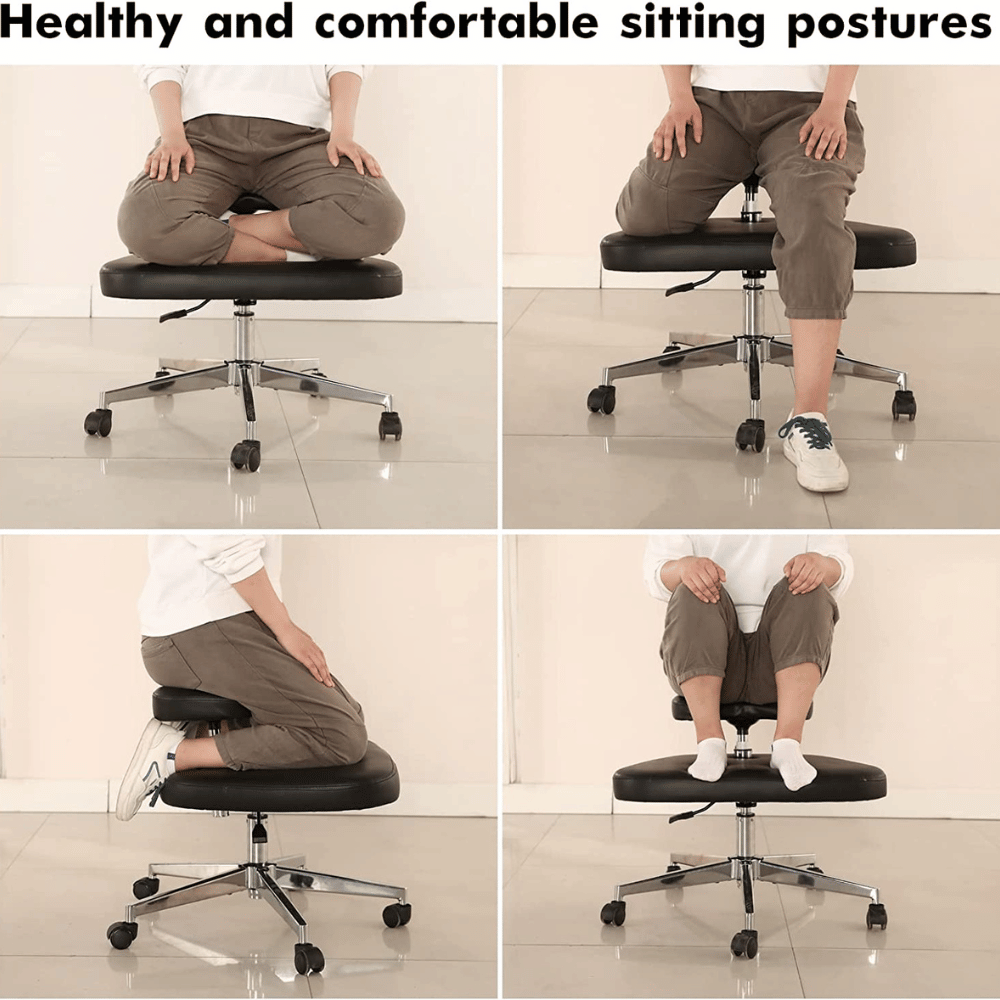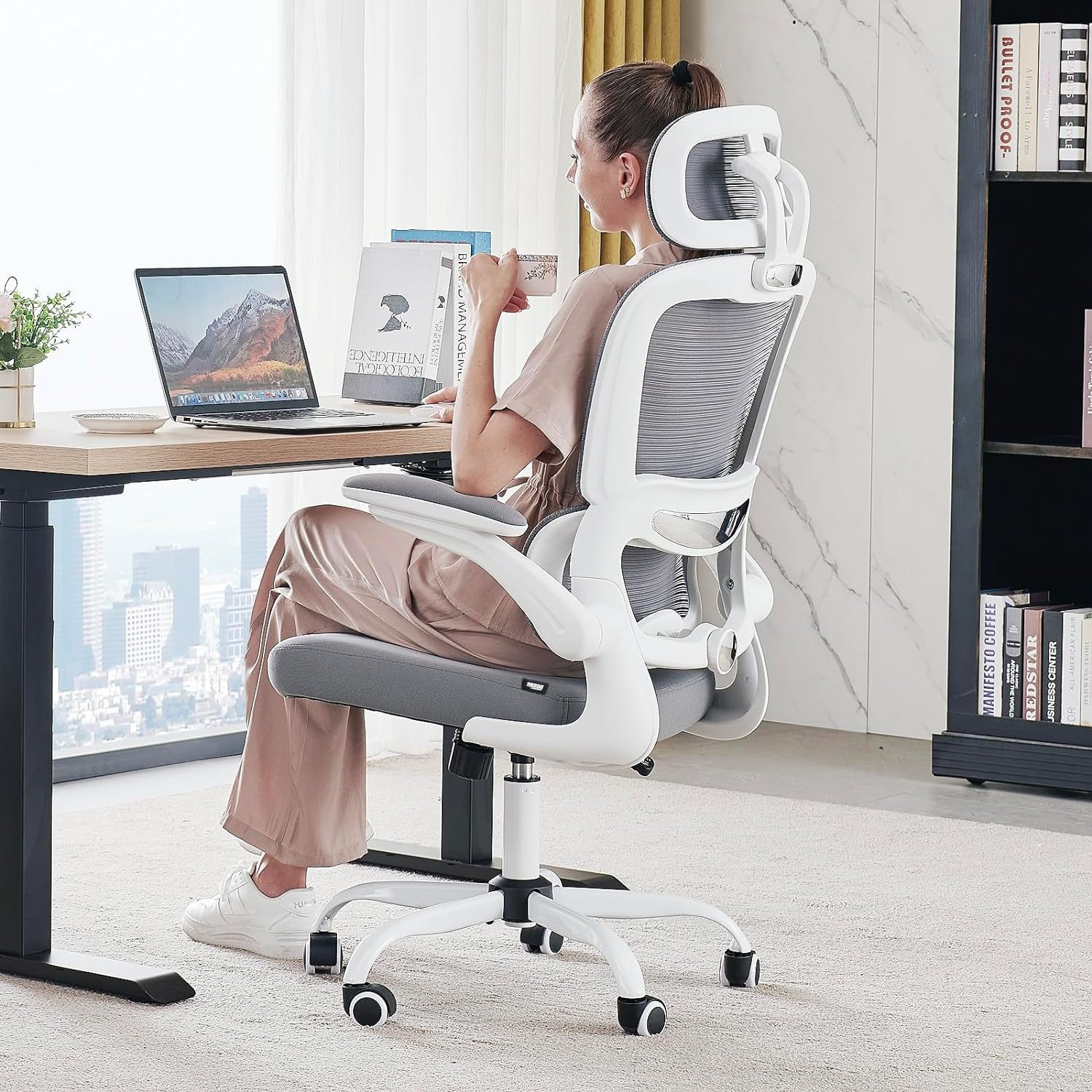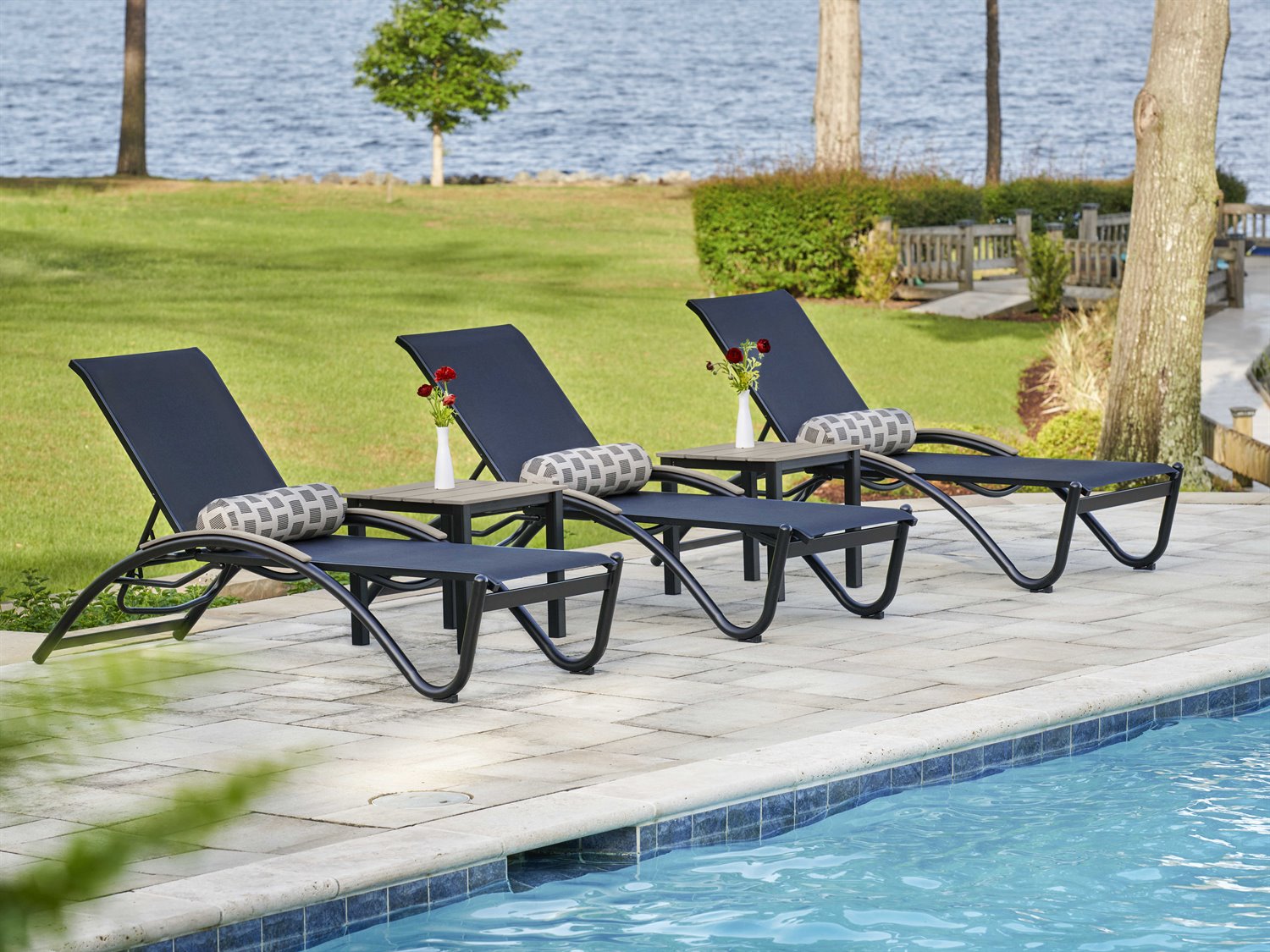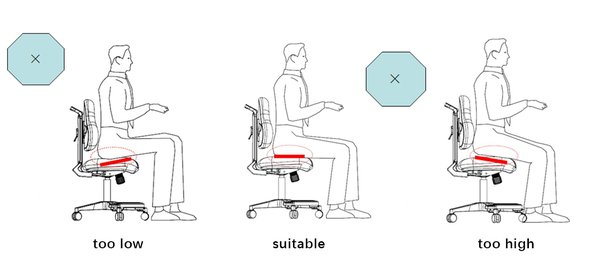For too long, the world of office furniture has operated on a one-size-fits-most mentality. But what happens when ‘most’ doesn’t include you? We’re talking about ergonomic seating, and how it’s crucial to ensure that everyone, regardless of their size, can find genuine comfort and support at their workspace. Let’s dive into how we can make the office a truly inclusive and comfortable place for larger frames.
Walk into any office, and you’ll see rows upon rows of office chairs. They look sleek, modern, and promise peak performance. But for many individuals with larger frames, these chairs can feel more like a daily challenge than a supportive tool. The reality is, standard office furniture is often designed with a narrower range of body types in mind. This leaves a significant portion of the workforce struggling with discomfort, poor posture, and even pain. It’s not just about feeling a bit cramped; it’s about the long-term effects on health and well-being. So, how do we bridge this ergonomic gap and ensure that comfort and support are universal? That’s what we’re here to explore.
Understanding the Unique Needs of Larger Frames
When we talk about ergonomic seating for bigger frames, we’re not just talking about a chair that’s ‘wider.’ It’s a more nuanced conversation. Think about it: larger individuals often require chairs with greater weight capacity, not just for safety, but for consistent support and durability. The seat pan needs to be deeper and wider to accommodate a larger seat area, preventing pressure points and allowing for proper leg circulation. The backrest should offer ample lumbar support that can be adjusted to the correct height and curve for a larger torso. Armrests need to be positioned correctly, not too narrow or too low, so they can actually provide resting support without forcing the shoulders into an unnatural, hunched position. And let’s not forget about the seat height adjustability – it needs to go low enough for feet to rest flat on the floor, promoting good posture. These aren’t minor details; they are fundamental to achieving true ergonomic benefit.
Key Features to Look For in Ergonomic Chairs for Bigger Bodies
So, what should you be on the lookout for? It’s about prioritizing specific features that cater to larger builds:
- Weight Capacity: This is paramount. Look for chairs explicitly rated for higher weight limits, often 300 lbs, 350 lbs, or even more. Don’t just take the manufacturer’s word for it; check for certifications if possible.
- Seat Dimensions: A generously wide and deep seat pan is essential. This prevents the user from feeling like they’re perched on the edge of the chair. A waterfall seat edge, which curves downward, is also a plus, reducing pressure on the back of the thighs.
- Lumbar Support: Adjustable lumbar support is non-negotiable. It should be able to move both up and down, and ideally in and out, to provide tailored support to the natural curve of the lower back.
- Armrest Adjustability: Look for armrests that adjust in height, width, and pivot. This allows for a comfortable resting position for the arms and shoulders, reducing strain.
- Backrest Height and Recline: A taller backrest can provide better upper back and neck support. A robust recline mechanism that allows for smooth and stable movement is also important.
- Build Quality and Materials: Chairs designed for heavier use often feature reinforced frames, higher-density foam cushioning that won’t flatten quickly, and durable upholstery. These elements contribute to both longevity and sustained comfort.
- Headrest (Optional but beneficial): For some, a supportive headrest can alleviate neck strain, especially during longer periods of sitting or reclining.
The Impact on Health and Productivity
When you’re not constantly shifting to find a comfortable position or dealing with aches and pains, your focus naturally shifts to your work. Ergonomic seating for larger frames isn’t just a comfort issue; it’s a productivity booster. Imagine working through your day without the distraction of a sore back or numb legs. Better posture, improved circulation, and reduced physical strain all contribute to a more energized and focused workforce. Think about it: if your body feels good, your mind can work better. This translates to fewer breaks needed due to discomfort, increased concentration, and ultimately, higher quality output. It’s a win-win for both the individual and the organization. Plus, investing in proper ergonomics can help prevent costly long-term health issues like chronic back pain and repetitive strain injuries.
Finding the Right Fit: A Personal Journey
Finding the perfect ergonomic chair is a bit like finding the perfect pair of shoes – it’s a personal journey. What works wonders for one person might not be ideal for another, even within the same size category. It’s highly recommended to try chairs out before you buy, if at all possible. Sit in them for a good 10-15 minutes. Adjust everything: the seat height, the backrest, the armrests. Does it feel supportive? Are there any pressure points? Can you sit with your feet flat on the floor and your knees at roughly a 90-degree angle? Read reviews from other users, especially those who mention their own body types. Don’t be afraid to ask questions from the retailer or manufacturer about specific features and weight capacities. Sometimes, a slightly higher investment upfront can save you a lot of discomfort and money down the line by avoiding the need to replace a chair that doesn’t meet your needs.
Beyond the Chair: Creating a Holistic Ergonomic Workspace
While the chair is a critical component, it’s just one piece of the ergonomic puzzle. To truly create a comfortable and supportive workspace for any individual, especially those with larger frames, consider these additional factors:
- Desk Height: Ensure your desk is at an appropriate height relative to your chair so your elbows can rest at about a 90-degree angle when typing, with your shoulders relaxed.
- Monitor Placement: Position your monitor at eye level to prevent neck strain. You might need a monitor stand or an adjustable monitor arm.
- Keyboard and Mouse: Consider ergonomic keyboards and mice that can reduce wrist and hand strain. Ensure they are positioned comfortably within reach.
- Footrest: If, even with the lowest seat setting, your feet don’t comfortably reach the floor, a sturdy footrest can make a big difference in maintaining proper posture and circulation.
- Movement and Breaks: Even the most ergonomic setup won’t prevent issues if you sit rigidly for eight hours straight. Regular movement, stretching, and short breaks are vital for everyone’s well-being.
The Future of Office Seating: Inclusivity and Customization
The conversation is shifting, and thankfully, it’s moving towards greater inclusivity. Manufacturers are beginning to recognize the diverse needs of the modern workforce and are developing more robust and adaptable seating solutions. We’re seeing a rise in chairs designed with higher weight capacities as standard, along with more sophisticated adjustment mechanisms. The trend towards customization, allowing users to select specific components or adjust dimensions, is also a promising development. This evolution is about more than just furniture; it’s about creating environments where everyone feels valued, supported, and empowered to do their best work. As awareness grows, we can expect even more innovative and inclusive ergonomic designs to emerge, ensuring that comfort and health are truly accessible to all body types.
Redefining office comfort through ergonomic seating for bigger frames isn’t a niche requirement; it’s a fundamental aspect of creating healthy, productive, and inclusive workplaces. By understanding the specific needs and seeking out chairs with appropriate features like enhanced weight capacity, generous dimensions, and superior adjustability, individuals can transform their daily work experience. Remember, investing in the right ergonomic setup is an investment in your health, your comfort, and your ability to perform at your best. Let’s champion a future where every office chair is a beacon of support for every person who sits in it. It’s about time, isn’t it.

